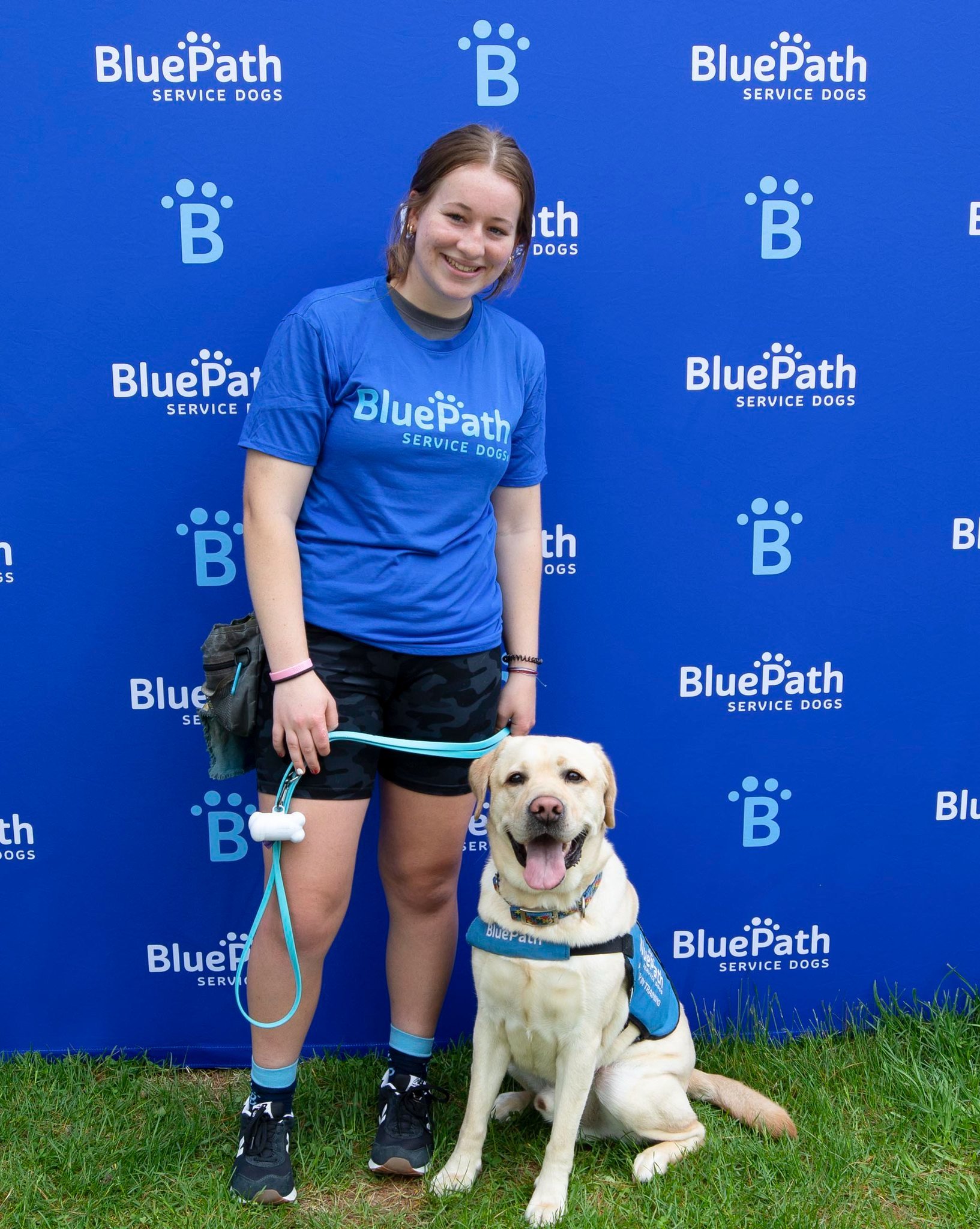
WHAT YOU WILL NEED
TRAINING TREATS
Bocce’s Bakery Training Bites are quite small, but suitable for any sized dog. Generally these do not need to be broken into smaller pieces.
LEASH
A good 4-6ft leash is a staple in dog training. Leather leashes are much gentler on the hands than most other materials.
CLICKER
Do you need it? No, but it can speed up learning if used correctly. If you want to geek out on training, this is for you. If not, skip it.
TREAT POUCH
A treat pouch is a great way to make sure you have treats when you need them. Leave it next to your leash and you will be set!
NOTE: All products have affiliate links, which means I earn a small commission on each item purchased from the links. I appreciate your support and wish you happy training!
OVERVIEW
It is very convenient to be able to ask your dog to move to your left side and sit next to you so that you are both facing forward. This behavior is called “heel.”
Phase 1: Teach the behavior
Start with your puppy facing you. Use a food lure in your left hand to encourage them to walk slightly past your left leg (this will give your puppy room to turn their body) and make a U-turn. Use your hand cue for the sit to finish the behavior. Once your puppy sits, click and treat.
As your puppy steps past your left leg initially, it may be easiest to move your left leg back. That backward motion of your body will encourage them in their movement.
Practice this behavior over several sessions. As this is a more complex behavior than many of the other behaviors we have taught, it will take longer for your puppy to figure out. Be patient and encourage (i.e., treat) even small improvements.
Phase 2: Fade the lure and solidify a hand cue
Once your puppy is easily and consistently following the lure into position, start to fade out some of the larger cues you are using. Try to make the step back with the left leg smaller and smaller and eventually don’t move it back at all.
In order to fade out using a treat to get your puppy into position, start by using food, but not letting your puppy make contact with your hand (by holding your hand high enough above their head that it does not make contact with their nose. When you can consistently have your puppy follow your hand without making contact, you can start to use the hand signal without food. As always, continue to feed the behavior once your puppy achieves it even though you are not using food to get your dog into position.
Phase 3: Teach the verbal cue
When your puppy has mastered the behavior using just the hand cue, you can start to say “heel” before using your hand cue. With many repetitions they will start to anticipate that when you say “heel,” you want them to move into position and they will begin to respond without the hand cue.
Phase 4: Selective reinforcement
Once your puppy is responding consistently to both your hand signal and verbal cue, you can start to only treat for the best responses. Over time, you can become more and more selective because your dog will not need such a high rate of reinforcement.




